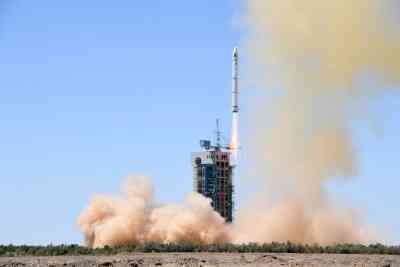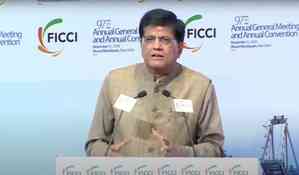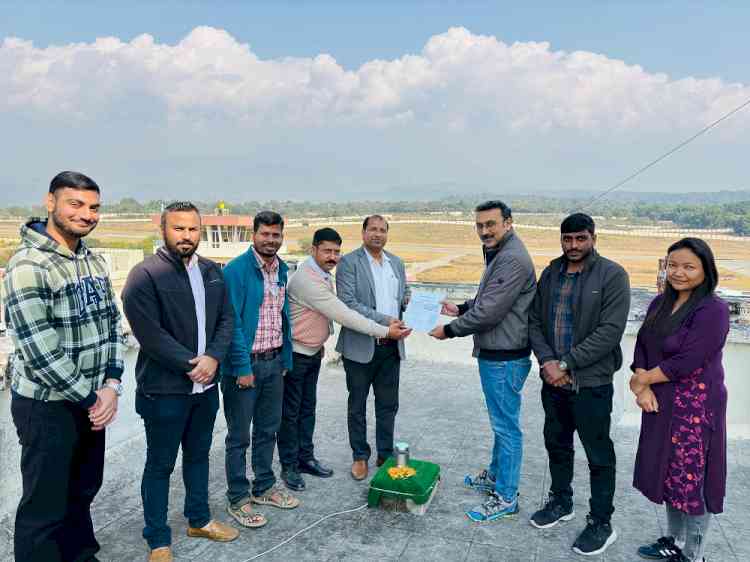China’s lunar mission to launch Pakistani satellite
Chang’e 6, China’s new mission to the moon to be launched in the first half of 2024, will also carry a Pakistani satellite to the moon, the media reported.

Islamabad, Oct 2 (IANS) Chang’e 6, China’s new mission to the moon to be launched in the first half of 2024, will also carry a Pakistani satellite to the moon, the media reported.
The China National Space Administration (CNSA) has stated in a statement on the social media site Weibo that the Chang’e 6 mission will be launched to the moon in the first half of 2024, The News reported.
According to a The News report, the mission will carry payloads to the moon from Pakistan, the European Space Agency (ESA), France and Italy.
The Chang’e 6 mission will carry French instruments that will test for radioactive gas. Similarly, the ESA’s Negative Ion Detector and Italy’s Valle Brett Radar System will also be taken to the moon by this mission.
The report stated that Pakistan’s satellite named CubeSat will also be sent to the moon’s orbit, adding that China is accelerating the International Lunar Research Station project and more international partnerships are expected to follow, The News reported.
The CNSA said the mission will carry payloads and satellites from four countries to increase international cooperation.
The Chang’e-6 mission will travel to the dark side of the moon and collect samples from the surface and return to Earth.
According to the Chinese space agency, this will be the first time that samples from the dark side of the moon will be brought back to Earth.
Earlier, such missions had collected samples from the near surface of the moon.
The purpose of the mission is to collect samples from different parts of the moon to gather more details about its age and after this, the CNSA said, the Chang’e 7 robotic mission will be sent to the moon’s south pole, The News reported.
It will look for signs of ice there while also examining the region’s atmosphere and weather.


 IANS
IANS 













